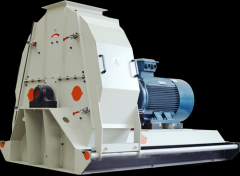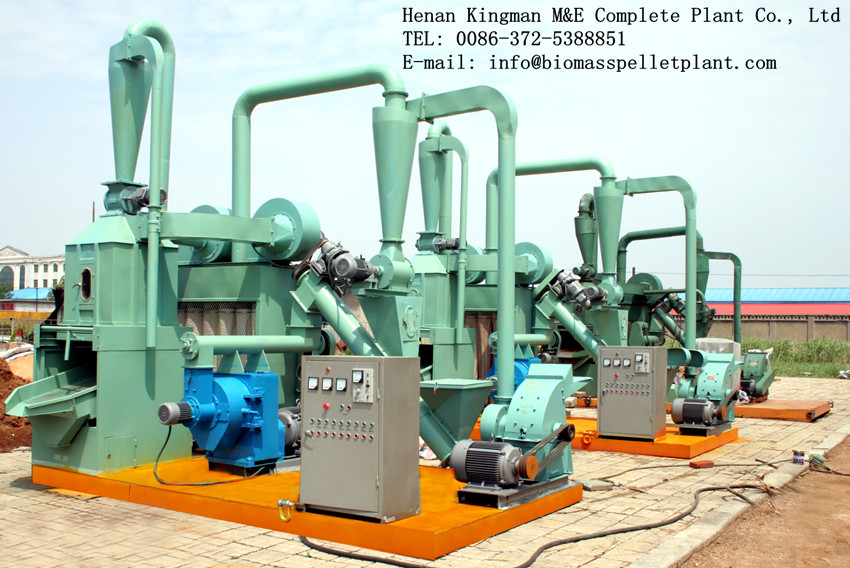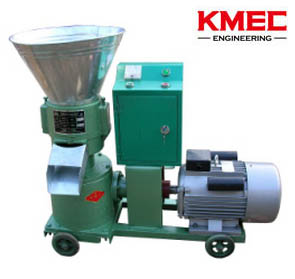Spain sees the increase in pellet fuel market
1. Pellet fuel market drives and barriers in Spain
In Spain at national level one of the most recent support measures for the development of the pellet sector is represented by the program BIOMCASA of IDAE, the national Energy Agency. This program promotes the use of biomass for heating by ESCOs, with incentives up to 350,000€/project. Eligible projects must ensure a minimum 10% cost savings for the final user. As of April 2011, 52 ESCOs had joined this programme. The public support achieved 4.91 M€ and the heating capacity reached 13.4 MW.
Pellets are the first source by type of biofuel, covering 36% of the supported projects (2,824t/year). Some regional governments provide various support measures indirectly promoting the use pellets such as:
Funding of installations, typically 20-30% of the eligible costs:
- Specific soft loans for companies.
- Taxes reduction in the investment for companies in the “Companies Tax”.
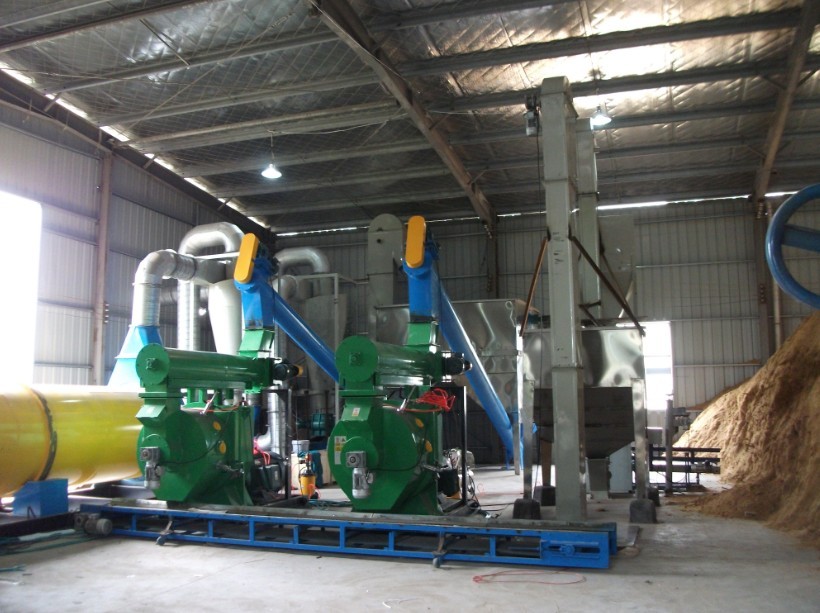
2. Production capacity and feedstock
The Spanish pellets market started developing in 2005, especially after the results of the European project “propellets” that led to the creation of three new plants with a production capacity of approx. 30,000 tons/year. In 2006 the pellets production capacity reached 75,000 tons and the final production was 30,000 tons. Since that time the capacity of the Spanish pellet industry had grown sensibly; in 2009 the production capacity was 577,000 tons, and the actual production around 150,000 tons, whereas in 2010 the production capacity increased again to 651,000 tons. The production plants can be classified as:
11 small-scale (<30,000 tons/year),
6 large-scale (>70,000 tons/year).
In general terms, the capacity range of the plants is 15,000-40,000 t/year. According to AveBiom, the pellets production in 2020 could reach 1.5 millions of tons. Currently in Spain the focus is on associating pellet plants with biomass cogeneration facilities in order to recover part of the waste heat produced by the cogeneration plant, as the reuse of excess heat is supported by the Royal Decree 661/2007 setting tariffs for renewable electricity. The main feedstock used is sawdust. Until some years ago, this raw material was abundant; nowadays feedstock supply has become a limiting factor. The current trend is to use available wood in each local area and also to take different forms of alternative feedstock such as shavings, woodchips and round wood from forest management. According to the Spanish National Renewable Energy Action Plan PANER 2011-2020, in Spain there are more than 27 million ha of forests (more than 50% of total surface).
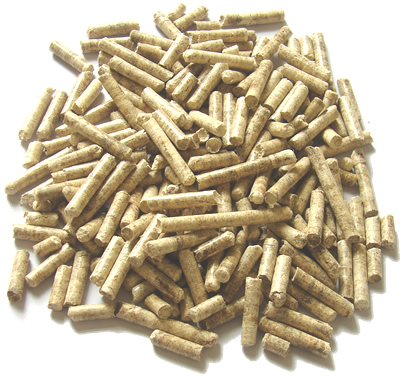
3. Consumption
Despite the rapid expansion of the production capacity, the domestic demand for pellet is still relatively small. The use of pellet is almost negligible compared to other European countries; approximately. 10,000 tons were consumed in 2010 mainly in small-scale applications for heating. At the end of 2007 the number of pellet heating systems installed in Spain was about600-700 units. These generally are small and medium scale boilers for a total power of 25-35 MW. The use of pellets per capita in Spain is one of the lowest among all European countries.
READ: HOW TO START A BIOMASS PELLET PLANT
4. Trade and logistic aspects
Despite the limited domestic demand, Spain exports every year its almost entire production of biomass pellets. According to Eurostat data, Spain exported 153,089.9 tons of pellets in 2010. The main importing partners were Portugal and France, followed by Belgium, Sweden, Italy and Germany.
READ: GERMAN PELLET FUEL MARKET
5. Pellets quality and standard
The pellets produced in Spain are generally good quality from the standpoint of chemical composition and energy content, however, an improvement of some physical aspects such as durability and fines content seems necessary. A project named “Capeles”, performed by CEDER in 2010 aimed analyzing the quality of pellet in the Spanish market was launched to evaluate 10 quality parameters according to the European standard EN 14961-2 and other 7 parameters based on the German DIN standard. The results of the analysis showed that only 4 out of 21 samples were actually compliant with the quality requirements of DINplus standard. If contrasted with EN 14961-2 standard, only 3 samples ranked A1 and A2, with the remaining samples ranking in class B or outside the quality requirements, mainly due to high fines content above 1% and more that 95.5% lower durability. Since 2011, the AVEBIOM association, a member of the European Pellet Council, was accredited for the development and management of the ENplus certification in Spain.
News
- Small Pellet Machine Manufacturer-Kingman
- Application of Wood Pellets and Use of Biomass Pellets
- From Fossil Fuel into Biomass Pellet Fuel
- Biomass Pellet Making Machines Market
- Applying of pellet stoves for home use
- Highland pellets to build $130 million facility in arkansas
- How to deal with the blocked hammer mill
- How to Make Wood Pellets with Sawdust
- The government policy promotes the development of biomass fuel
- Market analysis of biomass pellet fuel
- Strategic positioning of renewable energy
- Biomass energy has pass through the pre assessment
- The key point of deep processing of biomass pellet
- Harbin is promoting the development of biomass machinery
- The development of biomass formation technology I
- The development of biomass formation technology II
- Biomass energy industry is now going full tilt in 2015
- Rapid increasing demand of sawdust pellet on the market
- Pellet fuel market in EU
- Chinese Biomass Energy Conference held in Beijing
- Future market development of straw pellet mill
- Peanut Shell Pellet Mill Makes High Quality Pellets
- The utilization of straw is only 5%, biomass energy needs our attention!
- Corn straw pellet machine relieves the tight supply of fuel energy
- Reasons for loose or not forming of biomass pellet mill


